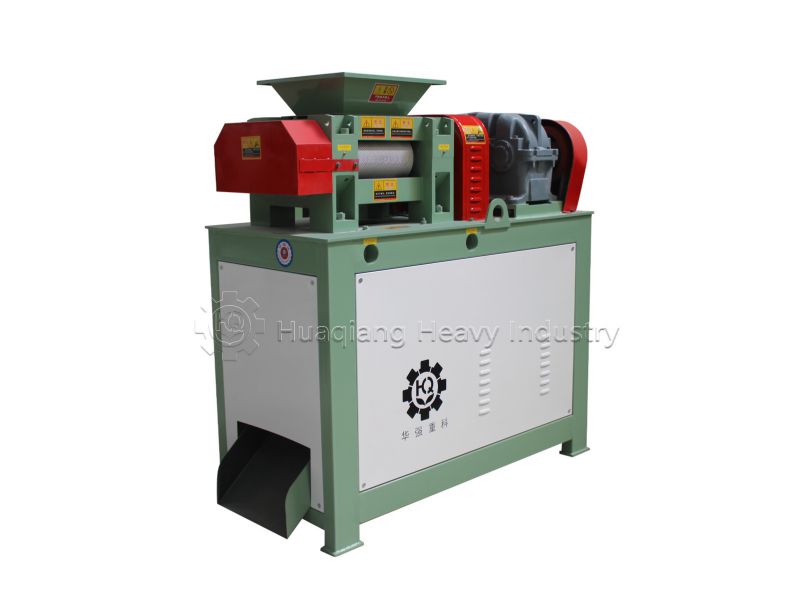Double roller press granulator: A versatile granulator?
In fertilizer production plants abroad, the double roller press granulator consistently takes center stage thanks to its unique advantages. Why is it so adaptable to a wide range of fertilizer production? And how can it be paired with other equipment to create an efficient production line? The answer lies in its “unprecedented” and easy-to-operate features.
The core appeal of the double roller press granulator lies in its ability to produce granules without the need for high-temperature drying. Two high-strength rollers rotate against each other, directly extruding organic fertilizer raw materials, compound fertilizer powders, and other materials into granules. This not only preserves the active ingredients in the raw materials but also eliminates the energy consumption of the drying process, perfectly meeting the “low-carbon production” goals pursued by international farms.Even more conveniently, by replacing rollers with different patterns, a variety of pellet shapes, including cylindrical and oblate, can be produced, easily meeting the fertilization needs of various applications, such as vegetable gardens, orchards, and lawns.
However, a smooth granulation process requires more than just this. Before the raw materials enter the granulator, a cage crusher breaks up agglomerates to ensure uniform fineness. If the raw materials have excessive moisture content, a horizontal mixer and dryer are used to pre-condition the moisture to prevent roller sticking during granulation. These two “front-end assistants” clear obstacles for the double-roller extrusion granulator, increasing granulation efficiency by over 20%.
After granulation, subsequent equipment is also essential.A vibrating screener quickly removes unqualified pellets and returns them to the grinder for reprocessing, minimizing raw material waste. If customers require long-lasting fertilizer, a coating machine coats the pellets with a slow-release film to extend nutrient release. This “core granulation + front-end and back-end” model enables a single production line to produce pure organic fertilizer granules, organic-inorganic compound fertilizers, and even biofertilizers, fully meeting the diverse needs of the international fertilizer market.
